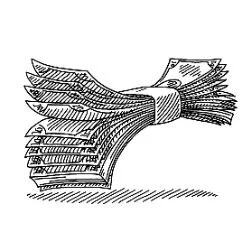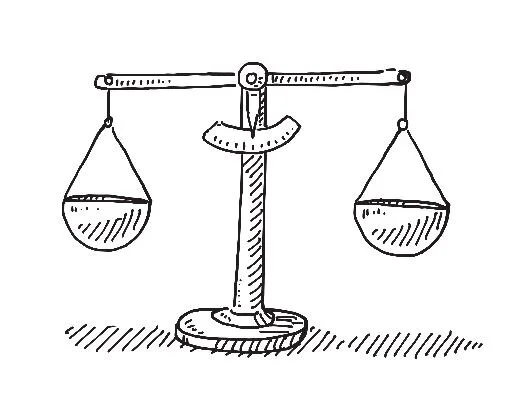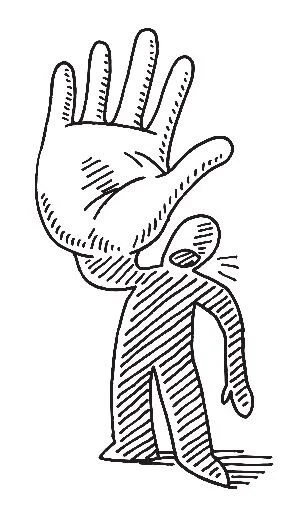“Time’s Up” on Bad Leadership Behavior: Lessons From Scott Rudin’s Story
/The Washington Post headline says it all: “Scott Rudin’s bad behavior was just another Hollywood cliche until a new generation said time’s up.” You may know Scott Rudin as an award-winning film, television and theater producer, whose film successes include No Country for Old Men, Lady Bird, Fences, The Social Network, Clueless, and Broadway shows like The Book of Mormon.
For me as a conflict advisor and Boss Whispering® coach, Scott Rudin is the poster child of the many leaders out there who are poisoning their organizations with their disrespectful, disruptive behavior. And I’m grateful it’s been brought to light for the sake of all those people who have been emotionally harmed by an abrasive leader.
Read More





















When we join a company, partnership or team, our expectation is that everyone involved will exhibit professional behavior toward us and each other. Instead, it’s highly possible that we may become one of the more than 60 million adults in the United States who are affected in some way by bullying behavior at work.
What kind of behaviors are we talking about? Our definition is any interpersonal behavior that causes emotional distress in others sufficient enough to impede their productivity or disrupt organizational functioning. It isn’t just a personality conflict — it’s a chronic pattern of disrespectful behavior.